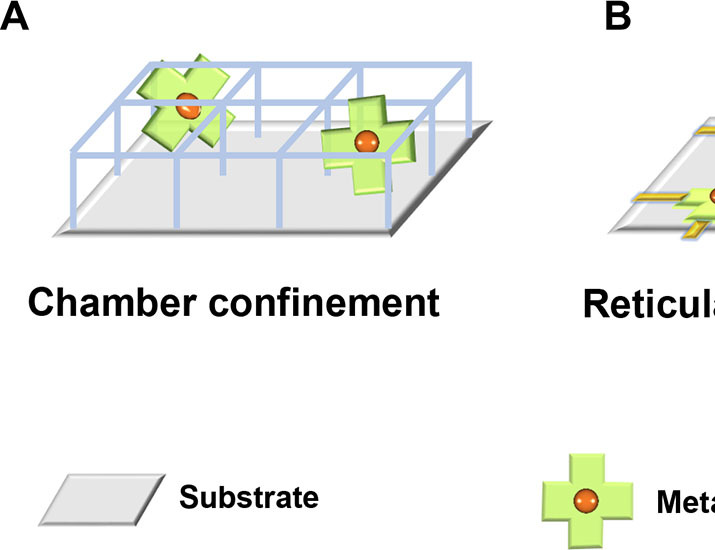- Record: found
- Abstract: found
- Article: found
A clicking confinement strategy to fabricate transition metal single-atom sites for bifunctional oxygen electrocatalysis

Read this article at
Abstract
Rechargeable zinc-air batteries call for high-performance bifunctional oxygen electrocatalysts. Transition metal single-atom catalysts constitute a promising candidate considering their maximum atom efficiency and high intrinsic activity. However, the fabrication of atomically dispersed transition metal sites is highly challenging, creating a need for for new design strategies and synthesis methods. Here, a clicking confinement strategy is proposed to efficiently predisperse transitional metal atoms in a precursor directed by click chemistry and ensure successful construction of abundant single-atom sites. Concretely, cobalt-coordinated porphyrin units are covalently clicked on the substrate for the confinement of the cobalt atoms and affording a Co-N-C electrocatalyst. The Co-N-C electrocatalyst exhibits impressive bifunctional oxygen electrocatalytic performances with an activity indicator Δ E of 0.79 V. This work extends the approach to prepare transition metal single-atom sites for efficient bifunctional oxygen electrocatalysis and inspires the methodology on precise synthesis of catalytic materials.
Abstract
Abstract
A clicking confinement strategy is proposed to fabricate single-atom catalysts.
Related collections
Most cited references93
- Record: found
- Abstract: not found
- Article: not found
Lithium battery chemistries enabled by solid-state electrolytes
- Record: found
- Abstract: not found
- Article: not found
LixCoO2 (0
- Record: found
- Abstract: found
- Article: not found
